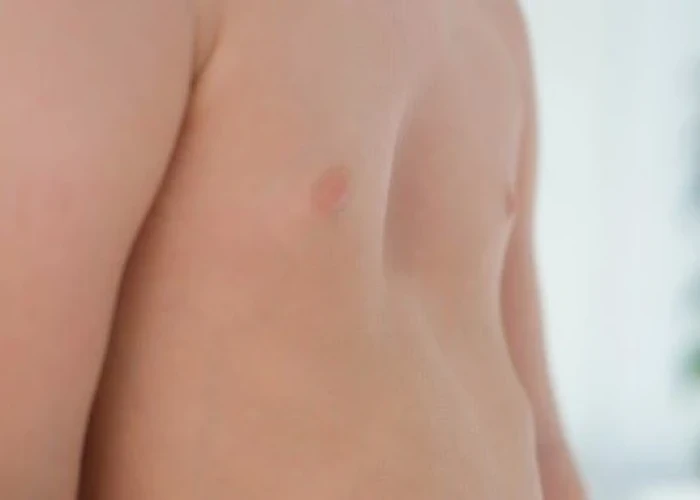 Welcome
Welcome
“May all be happy, may all be healed, may all be at peace and may no one ever suffer."
Pectus excavatum
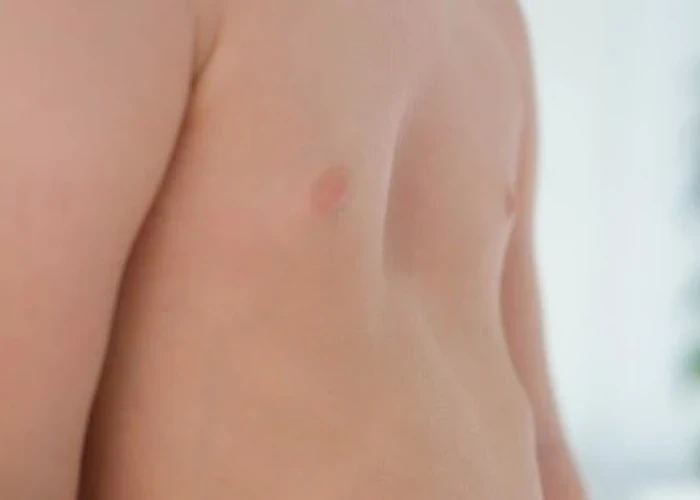
Pectus excavatum, also known as funnel chest or sunken chest, is a congenital condition where the breastbone (sternum) and the ribs in the chest grow abnormally, causing a depression or indentation in the chest. It is the most common chest wall deformity and can range from mild to severe.
The exact cause of pectus excavatum is unknown, but it is believed to be related to genetics, as it tends to run in families. Some studies have also suggested that certain factors during fetal development, such as excessive amniotic fluid or intrauterine growth restriction, may contribute to the development of pectus excavatum.
The condition can be diagnosed through physical examination and imaging studies such as X-ray, CT scan, or MRI. In mild cases, pectus excavatum may not cause any symptoms, but in more severe cases, it can cause chest pain, shortness of breath, and exercise intolerance. In some cases, it may also affect the heart and lungs, leading to cardiovascular and respiratory problems.
Treatment for pectus excavatum depends on the severity of the condition and the presence of symptoms. In mild cases, observation and monitoring may be recommended. In more severe cases, surgery may be necessary to correct the chest deformity and improve respiratory and cardiac function. The most common surgical approach is the Nuss procedure, which involves inserting a curved metal bar beneath the sternum to push it outward and correct the deformity.
Research Papers
Disease Signs and Symptoms
- Rapid heartbeat (tachycardia)
- Rapid fluttering heartbeats (palpitations)
- Chest pain
- Irregular heart sound (heart murmur)
- Fatigue (Tiredness)
- Dizziness (vertigo)
- Headaches, which may become more frequent and more severe
Disease Causes
Pectus excavatum
While the exact cause of pectus excavatum is unknown, it may be an inherited condition because it sometimes runs in families.
Disease Prevents
Disease Treatments
Pectus excavatum can be surgically repaired, but surgery is usually reserved for people who have moderate to severe signs and symptoms. People who have mild signs and symptoms may be helped by physical therapy. Certain exercises can improve posture and increase the degree to which the chest can expand.
If the depression of your breastbone isn't causing any symptoms but you're unhappy with how it looks, you could talk to a surgeon about having a silicone insert — similar to a breast implant — placed under your skin to fill in that space.
Repair surgery
The two most common surgical procedures to repair pectus excavatum are known by the names of the surgeons who first developed them:
- Nuss procedure. This minimally invasive procedure uses small incisions placed on each side of the chest. Long-handled tools and a narrow fiber-optic camera are inserted through the incisions. A curved metal bar is threaded under the depressed breastbone, to raise it into a more normal position. In some cases, more than one bar is used. The bars are removed after two or three years.
- Ravitch technique. This older procedure involves a much larger incision down the center of the chest. The surgeon removes the deformed cartilage attaching the ribs to the lower breastbone and then fixes the breastbone into a more normal position with surgical hardware, such as a metal strut or mesh supports. These supports are removed after 12 months.
Most people who undergo surgery to correct pectus excavatum are happy with the change in how their chests look, no matter which procedure is used. Although most surgeries for pectus excavatum are performed around the growth spurt at puberty, many adults also have benefitted from pectus excavatum repair.
There are many options for pain control after surgery to help improve recovery. Cryoablation temporarily freezes the nerves to block pain after surgery and can help with recovery and decrease postoperative pain for 4 to 6 weeks.
Disease Diagnoses
Disease Allopathic Generics
Disease Ayurvedic Generics
Disease Homeopathic Generics
Disease yoga
Pectus excavatum and Learn More about Diseases
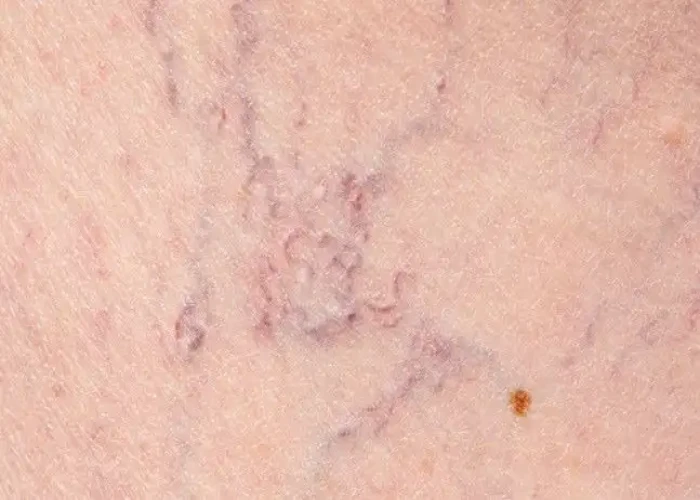
Small vessel disease
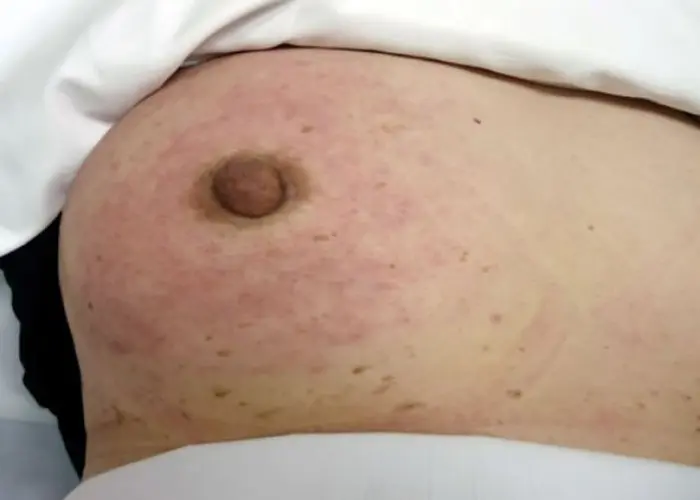
Breast cancer

Coma

Sudden cardiac arrest

Heatstroke

Persistent depressive disorder (dysthymia)
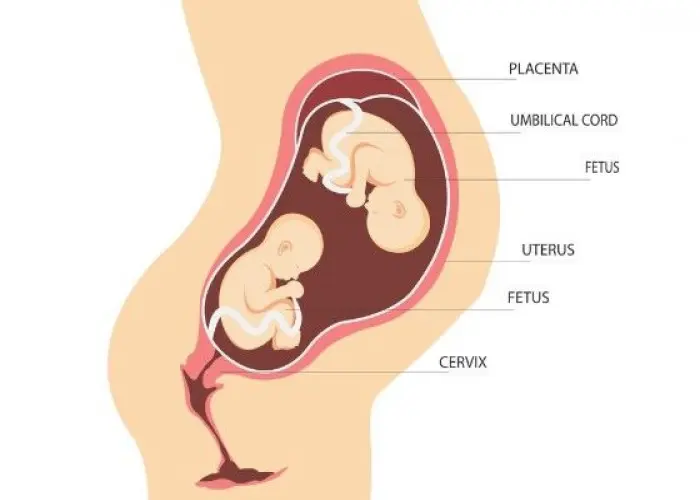
Double uterus
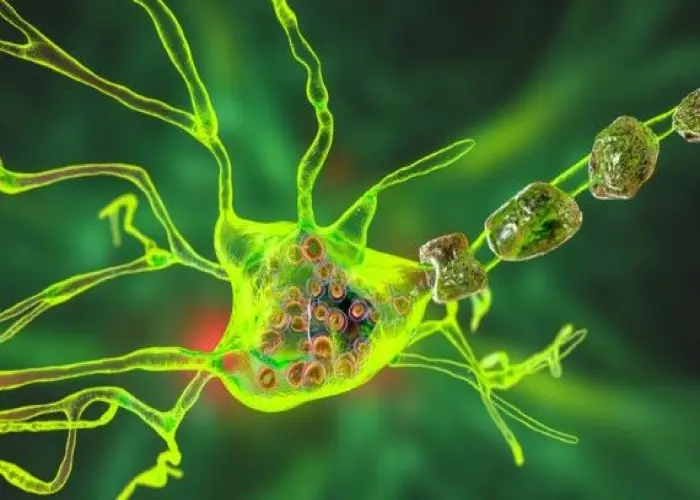
Inherited metabolic disorders
pectus excavatum, প্যাক্টাস এক্সভ্যাটাম
To be happy, beautiful, healthy, wealthy, hale and long-lived stay with DM3S.
